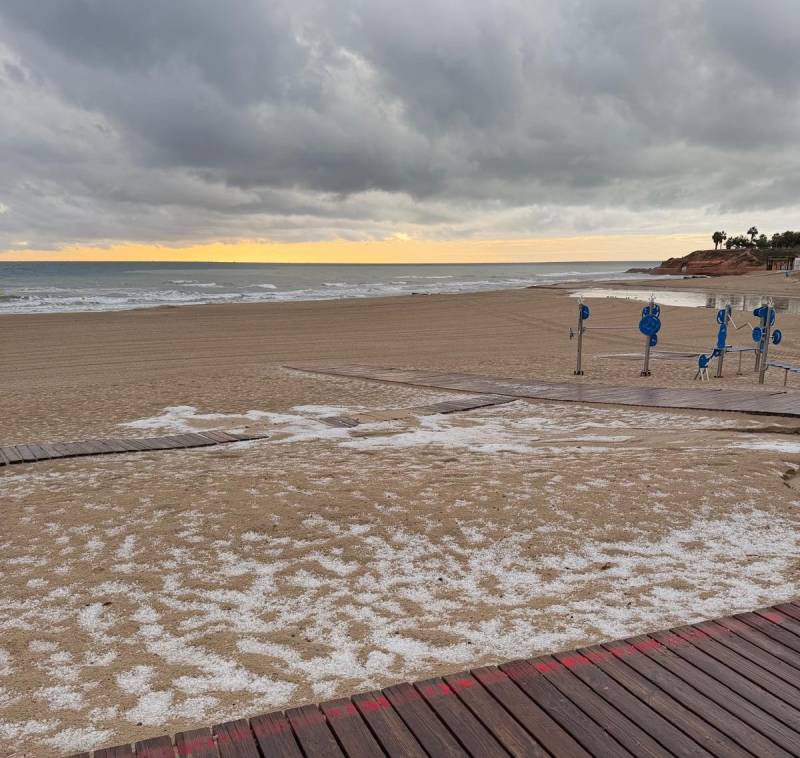- Region
- Vega baja
- Marina Alta
- Marina Baixa
- Alicante
- Baix Vinalopo
- Alto & Mitja Vinalopo
-
ALL TOWNS
- ALICANTE TOWNS
- Albatera
- Alfaz Del Pi
- Alicante City
- Alcoy
- Almoradi
- Benitatxell
- Bigastro
- Benferri
- Benidorm
- Calosa de Segura
- Calpe
- Catral
- Costa Blanca
- Cox
- Daya Vieja
- Denia
- Elche
- Elda
- Granja de Rocamora
- Guardamar del Segura
- Jacarilla
- Los Montesinos
- Orihuela
- Pedreguer
- Pilar de Horadada
- Playa Flamenca
- Quesada
- Rafal
- Redovan
- Rojales
- San Isidro
- Torrevieja
- Comunidad Valenciana
article_detail
Date Published: 08/11/2024
Spain storm damage update: More than a week later, the suffering shows no signs of slowing down
Volunteers, authorities and residents are trying to grapple with the aftermath of the DANA’s destruction in a recovery effort that is fraught with frustration
#DANA, Benetússer. #UREC @BombersValencia es coordina amb altres cossos de bombers de tota Espanya que ens donen ❤️suport, ja més de 50 organismes. #UREC @BombersValencia se coordina con otros cuerpos de bomberos de toda España que nos brindan ❤️apoyo, ya más de 50 organismos. pic.twitter.com/jXiMLskfWp
— Bombers Consorci VLC (@BombersValencia) November 4, 2024
More than ten days after the deadly storm that swept through Valencia and surrounding areas, the region remains far from any semblance of normalcy. Rescue operations continue as the search for missing individuals persists. Tragically, over 200 lives have been lost, with an unknown number still unaccounted for.
As families await news of their loved ones, damaged infrastructure and closed roads make access to devastated areas challenging, significantly hampering both rescue and aid efforts. Transport links, say officials, could take several months to be fully operational again.
In response to the catastrophe, the Spanish government has promised financial aid to affected individuals and businesses. However, those seeking relief must apply before year-end, and it’s anticipated that many will wait until 2025 to receive the much-needed funds.
Alongside the physical destruction and loss, frustration is mounting over what many view as an inadequate response to the crisis, with misinformation circulating online further complicating the situation.
Valencia’s vulnerable regions hardest hit
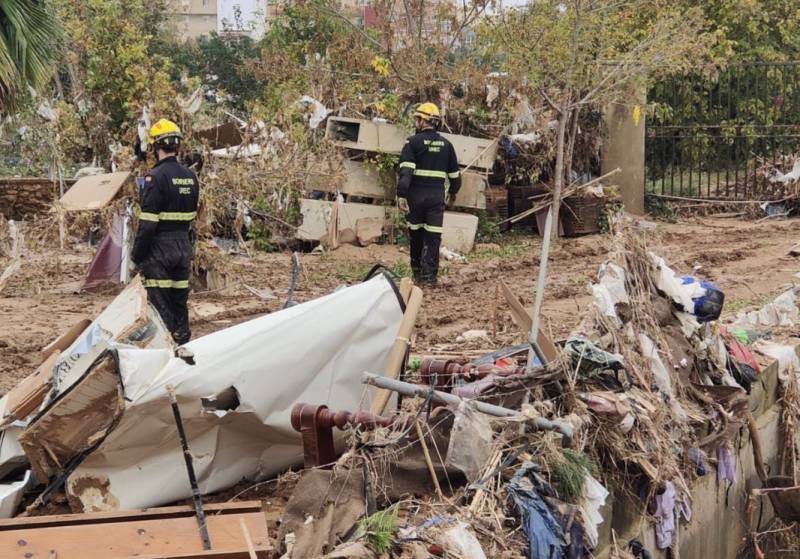 The communities south of Valencia, particularly towns like Paiporta and Massanassa, bore the brunt of the storm’s wrath, while the city of Valencia was relatively unscathed by comparison.
The communities south of Valencia, particularly towns like Paiporta and Massanassa, bore the brunt of the storm’s wrath, while the city of Valencia was relatively unscathed by comparison.This discrepancy is rooted in geography: Valencia’s coastal plains, historically prone to flooding, have faced recurring flood events for centuries. These low-lying regions are naturally susceptible, with seasonal rains and silt deposits from surrounding riverbeds creating a pattern of periodic flooding that has only intensified with urban expansion.
The lagoon near Valencia, once much smaller, has expanded over time due to sediment from these recurrent floods. Despite regular flooding, urban development has continued unchecked for decades. Construction in flood-prone areas surged over the last seventy years, with warnings from studies as early as 2003 largely ignored. Today, these densely populated zones face significant flood risk, a fact that many residents say they were unaware of when they moved to the area.
Lives lost and communities devastated
Seguim treballant, dia rere dia. No baixem les forces.
— Bombers Consorci VLC (@BombersValencia) November 6, 2024
📹En vídeo
✅Revisió de garatges
✅Recerca per polígons i camins pic.twitter.com/9G9nBFJu3F
Among those tragically swept away by the floodwaters was a British couple, Terry and Don Turner, who lost their lives in Pedralba, a small town in the Serranos region. Their deaths underscore the profound personal toll of this disaster, where whole communities have been left in ruins.
Across the region, homes have been destroyed, roads have collapsed, and basic services remain inaccessible, creating a humanitarian crisis as thousands of residents come to grips with the disaster’s aftermath.
 While rescue operations and volunteer efforts began swiftly, the response from local and regional authorities has come under fire for being slow, disorganised, and in some cases, completely inadequate. In several towns, residents report waiting days for support from official channels.
While rescue operations and volunteer efforts began swiftly, the response from local and regional authorities has come under fire for being slow, disorganised, and in some cases, completely inadequate. In several towns, residents report waiting days for support from official channels.Last weekend, King Felipe VI and Queen Letizia visited the affected area in Paiporta to meet with residents. However, their arrival was met with a hostile response from locals. Protesters, frustrated by what they saw as insufficient aid and a lack of government accountability, hurled mud at the royal family and officials, shouting accusations of neglect.
Prime Minister Pedro Sánchez and Carlos Mazón, President of the Generalitat Valenciana, who accompanied the King and Queen, faced similar animosity, with their cars attacked by angry residents wielding wooden poles.
Some observers suggested that the anger directed at the royal visit may have been exacerbated by political tensions or online conspiracy theories. Accusations circulated online, claiming the protests were orchestrated by political actors.
However, most on the ground saw it as an authentic expression of the public’s exasperation with a government response widely seen as inadequate. The King has publicly acknowledged the anger and distress of those affected, but tensions remain high as residents demand answers and action.
Failures in flood prevention and public awareness
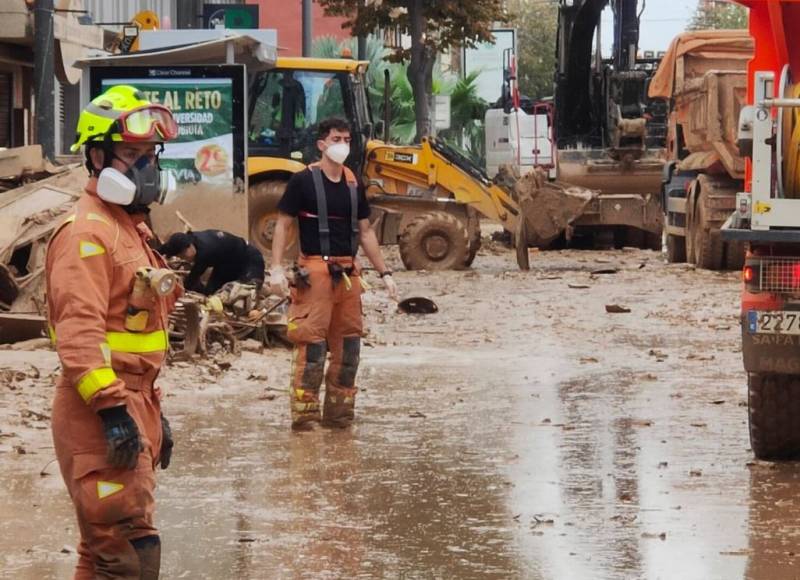 While the devastation caused by the storm was severe, many experts argue that the disaster’s impact could have been reduced with better flood-prevention measures in place. The Valencian government has access to flood risk data, such as the PATRICOVA maps, which are available to everyone for free online, but these are not widely publicised or explained to prospective residents, creating a dangerous lack of awareness. Consequently, thousands of people were unaware that their homes sat within high-risk zones, and the infrastructure to protect them was insufficient.
While the devastation caused by the storm was severe, many experts argue that the disaster’s impact could have been reduced with better flood-prevention measures in place. The Valencian government has access to flood risk data, such as the PATRICOVA maps, which are available to everyone for free online, but these are not widely publicised or explained to prospective residents, creating a dangerous lack of awareness. Consequently, thousands of people were unaware that their homes sat within high-risk zones, and the infrastructure to protect them was insufficient.The government’s failure to communicate risk has only heightened feelings of betrayal among residents, many of whom now find themselves facing total losses without adequate compensation or assistance.
Rebuilding road and rail links
The flooding has left Valencia’s transport network in tatters. In the aftermath of the storm, 18 main regional roads sustained heavy damage, with seven still impassable, including stretches of the CV-36, CV-33, CV-309, CV-42, CV-304, CV-407 and CV-50. Despite these closures, the Generalitat Valenciana has reopened 11 roads, including the CV-400 and CV-407, to restore some level of mobility.
Public transport recovery is also underway, with Metrovalencia’s tram network expected to resume partial service on Saturday. Lines 4, 6, 8 and 10 will open from Alacant station, with further routes to follow as repairs progress. The damage is extensive, however, and full restoration of the metro network could take months, particularly for lines serving the heavily affected southern regions.
Health risks rise as floodwaters stagnate
As cleanup efforts continue, public health officials are raising concerns about the potential for waterborne diseases to spread in the flood’s aftermath. Stagnant water, left over from the deluge, can carry pathogens that cause illnesses like leptospirosis, hepatitis A, and gastroenteritis.
In response, the Valencian government has mobilised epidemiologists to assess the risk and has begun administering tetanus vaccines in affected communities. Still, access to safe drinking water and basic sanitation remains a challenge in many areas, and the risk of an epidemic looms.
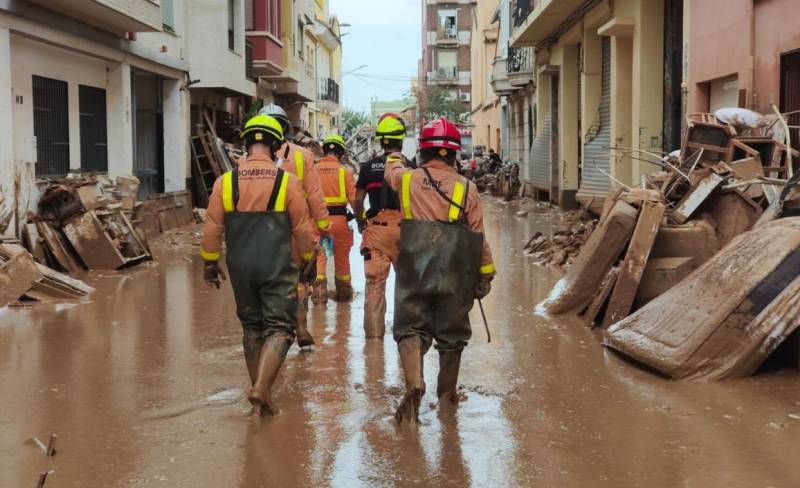
Misinformation on social media is once again adding to the anxiety, with false claims suggesting that vaccines are ineffective or even dangerous. Rumours have also circulated that there is no emergency support from organisations like the Red Cross or the state, both of which are actively involved in relief efforts. Additionally, some conspiracy theories suggest the death toll is higher than reported, creating unnecessary fear and confusion.
Despite the criticism of official relief efforts, communities across Valencia have come together to support one another, mobilising thousands of volunteers to assist in rescue, cleanup, and rebuilding. In Pedralba, for example, over 1,000 volunteers cleared streets and delivered essentials to affected residents. Aid from all over Spain has poured in, providing much-needed supplies such as water, food, and medical items.
In the Region of Murcia, collection points have been set up to gather donations for Valencia’s flood victims. Residents in towns like Águilas, Alhama de Murcia and Camposol have contributed generously, sending baby food, medicines and personal hygiene products to the hardest-hit areas of Valencia, even though these places were hit by their own, admittedly less dramatic, floods earlier this week.
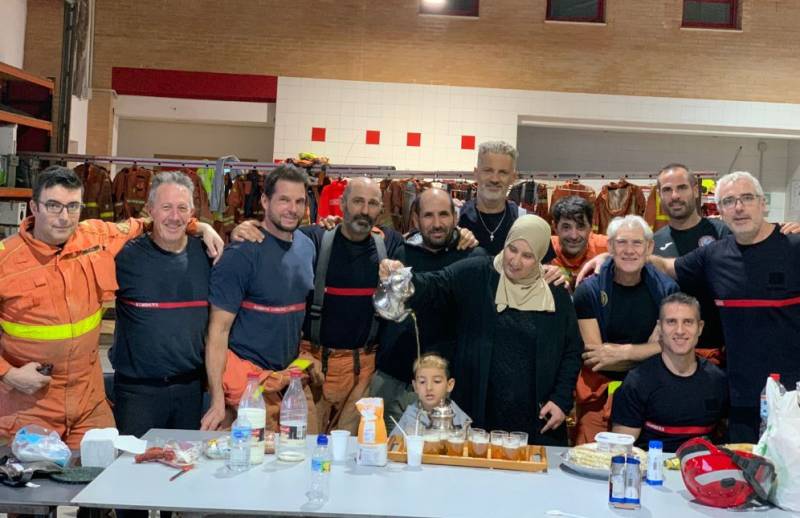
The recent flooding has sparked broader concerns about Spain’s flood-prone areas, particularly in Murcia’s Segura basin. According to a report from the CHS water authority, over half a million people in this region live in high-risk flood zones.
Shockingly, nearly 70% of Murcia’s population resides near rivers or other vulnerable areas, raising the stakes for better urban planning and flood mitigation efforts. With development continuing in these high-risk areas, there is mounting pressure on authorities to adopt stricter regulations and protective measures to prevent future disasters.
As rescue efforts continue and cleanup is underway, Valencia faces a long road to recovery. The focus for now remains on immediate relief and support for those most affected, but the recent disaster has highlighted the need for a long-term approach.
Better flood prevention measures, improved urban planning, and clearer public communication on flood risks will be essential to protect communities from similar catastrophes in the future.
For those looking to assist in recovery efforts, several organisations have set up donation channels for essential goods and monetary aid. In addition, many animal shelters and advocacy groups are calling for donations to help care for pets and animals affected by the storm.
In the end, it will be a combination of government support, citizen solidarity and clear, fact-based communication that will see Valencia and Spain through this crisis to be able to build resilience for the future.
Images: BombersValencia
staff.inc.ali
Loading
Sign up for the Spanish News Today Editors Roundup Weekly Bulletin and get an email with all the week’s news straight to your inbox
Special offer: Subscribe now for 25% off (36.95 euros for 48 Bulletins)
OR
you can sign up to our FREE weekly roundup!
Read some of our recent bulletins:
Discount Special Offer subscription:
36.95€ for 48 Editor’s Weekly News Roundup bulletins!
Please CLICK THE BUTTON to subscribe.
(List price 3 months 12 Bulletins)
Read more stories from around Spain:
Contact Murcia Today: Editorial 000 000 000 /
Office 000 000 000




















